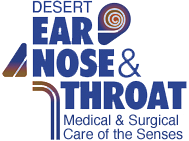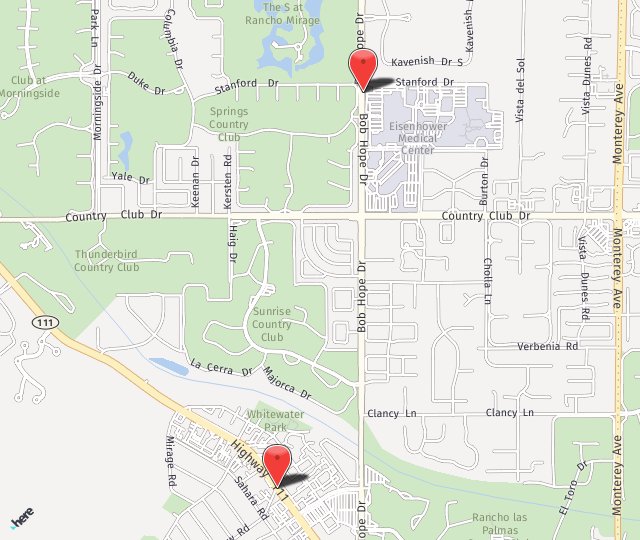Voice & Swallowing
Digital Stroboscopy
Digital stroboscopy is an advanced procedure performed to analyze the motion of the vocal cord vibrations in order to identify any potential abnormalities that may be causing hoarseness, sore throat or other symptoms. These movements are invisible to the naked eye, so careful examination can provide insight into the cause of symptoms. This procedure may also be used to compare the appearance and movement of the vocal cords before and after treatment for any detected problems.
The procedure is performed on an outpatient basis, and involves inserting an endoscope with a tiny camera attached to the end through the nose and into the throat. The stroboscope technology used will capture slow-motion images of the vocal cords while the patient speaks to provide clear, informative photos of the rapidly moving structures, which can be viewed in real-time by the doctor and patient.
While most patients do not experience any pain during this procedure, you may experience a gagging sensation or the urge to swallow. A numbing spray may be applied prior to examination to minimize any potential discomfort and allow your doctor to achieve clear, uninterrupted analysis of the vocal cord movement.
After treatment, a confirmed diagnosis will be made and your doctor will develop a customized treatment plan for your individual condition. Patients can go home immediately after this procedure with no need for recovery or downtime.
Flexible Fiberoptic Laryngoscopy
Flexible fiberoptic laryngoscopy is a diagnostic examination performed to view the throat and its surrounding structures. It is performed using an endoscope attached to a fiberoptic cable, which enables the doctor to view a greater portion of the throat than possible through other diagnostic examinations.
During a flexible fiberoptic laryngoscopy, the endoscope is inserted into the patient’s nose and moved into the throat. The patient can swallow and speak giving the doctor a more accurate view of the functioning vocal cords. After the examination, patients can immediately return to normal activities.
Transnasal Esophagoscopy
Transnasal esophagoscopy (TNE) is a minimally invasive diagnostic procedure used to evaluate the esophagus in patients suffering from a number of throat problems including reflux, a condition that causes a chronic cough, throat clearing and a feeling that something is stuck in the throat as a result of abnormalities within the upper esophageal sphincter. This advanced procedure allows your doctor to evaluate the cause of your condition, and look for damage to the esophagus caused by chronic reflux.
During the TNE, the nose is first numbed with a local anesthetic before the endoscope is inserted in through the nose and down to the throat. Your doctor can examine the throat and voice box in real-time, including detecting any changes when swallowing. The endoscope will then be advanced into the esophagus and stomach, if necessary, for further examination.
The entire procedure takes just 5 to10 minutes to perform. Patients will be able to drive themselves home after this exam and can return to work and other normal activities right away.
Flexible Endoscopic Evaluation of Swallowing
Flexible endoscopic evaluation of swallowing (FEES) is a test performed to diagnose swallowing difficulties. FEES is performed with a thin, lighted tube known as an endoscope. The endoscope is placed into the throat. Then, food coloring is placed onto a variety of foods, and fed to the patient; the food coloring makes it easier for the doctor to see how the food is traveling down the throat. After the test, your doctor will discuss the results with you.
Outpatient Endoscopic Treatment of Zenker’s Diverticulum
Zenker’s Diverticulum is a disorder characterized by the formation of pouches on the esophagus, most typically in older people. The pouches vary in size, but can cause swallowing problems, irritation, regurgitation and bad breath due to food trapped within the pouches. Traditional surgical treatment for Zenker’s Diverticulum requires an incision in the neck to access the esophagus, resulting in a hospital stay and an inability to eat solid foods until the healing is complete. Now, however, minimally invasive endoscopic procedures make treatment of Zenker’s Diverticulum much easier. Performed on an outpatient basis, no incision is necessary and patients may resume eating food the very next day.



